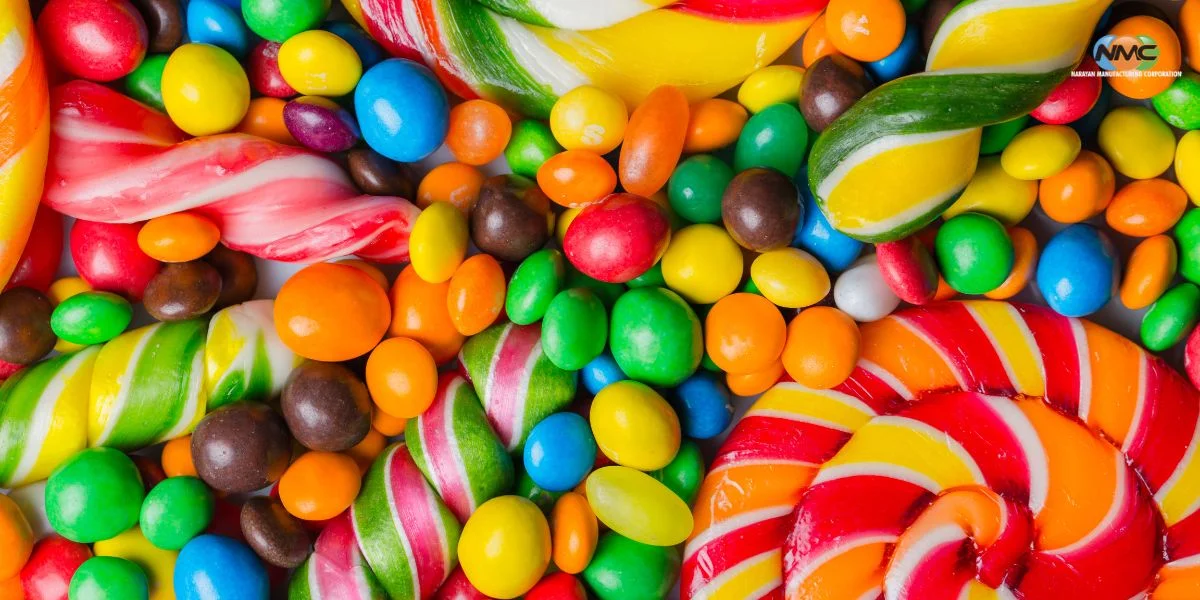Synthetic food colors are artificial additives used to impart color to food and beverages. Unlike natural colors derived from plants, minerals, or animals, synthetic food colors are chemically synthesized in laboratories. These colors are typically more vibrant and stable than natural alternatives, making them popular choices for enhancing the appearance of various food products.
Some common examples of synthetic food colors include:
- Tartrazine (Yellow 5): A bright yellow dye commonly used in candies, snacks, beverages, and desserts.
- Allura Red (Red 40): A vibrant red dye frequently found in soft drinks, fruit-flavored snacks, and confections.
- Brilliant Blue (Blue 1): A deep blue dye used in candies, baked goods, and beverages.
- Sunset Yellow (Yellow 6): An orange-yellow dye often used in processed foods, sauces, and snacks.
- Erythrosine (Red 3): A cherry-red dye used in candies, desserts, and pharmaceuticals.
Synthetic food colors provide manufacturers with precise control over the color of their products and are often more cost-effective than natural alternatives. However, concerns have been raised about potential health risks associated with some synthetic food colors, leading to increased consumer demand for natural alternatives and regulatory scrutiny of synthetic color additives.
















